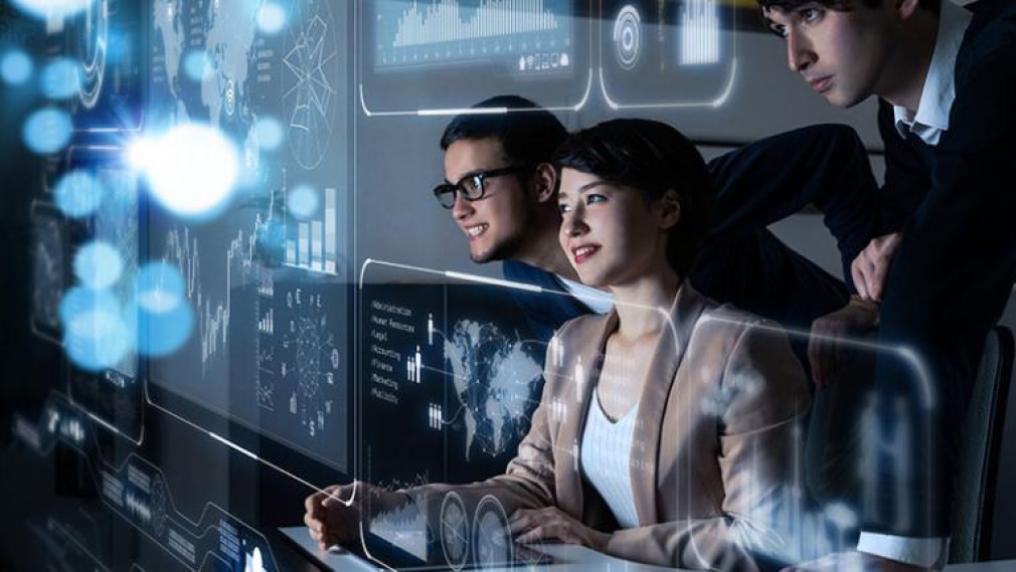Simulated learning: the future of health education
This article comes with a warning. Could you handle watching a live birth? What about a simulated birth with a lifelike manikin having contractions, screaming in pain, and experiencing blood loss?
You see, the facilities and scenarios at VU’s new state-of-the-art laboratories for nursing, midwifery and paramedics are so close to reality, students often need debriefing afterwards.
Before a qualified paramedic can respond to a critical incident, a midwife deliver a baby, or a nurse help save a life, certain critical skills must be developed and honed.
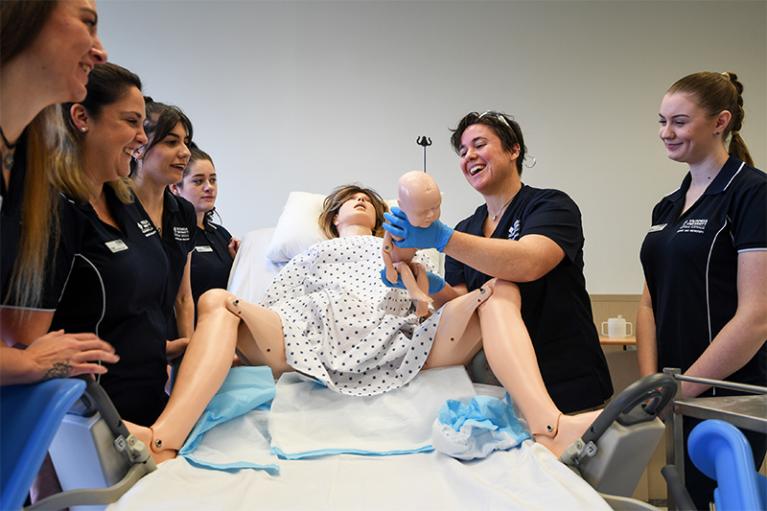
So close to the real thing
Saving a life – or bringing one into the world – can take some getting used to; even if it’s not real humans you’re working with.
This is why VU's simulated training is so crucial to the future careers of some of our most revered health clinicians.
Dr Karen Livesay, formerly director of health simulation at VU says, “Simulation is fabulous because it is a space where students can test out their knowledge; they can make mistakes. They can review what they do and don’t know. And they do all that before they go out and work with the general public.”
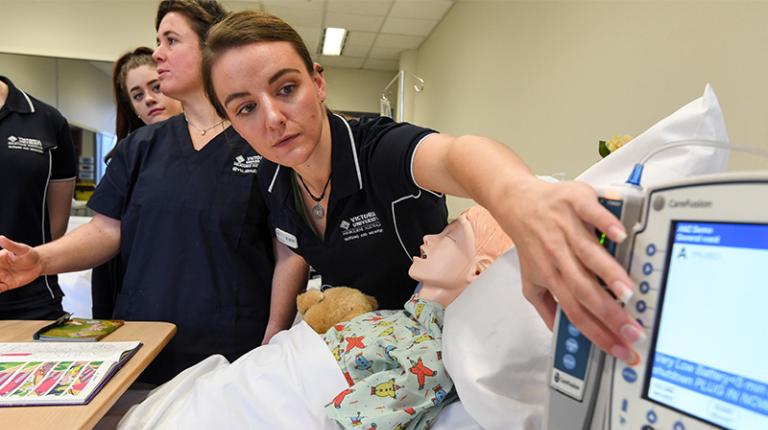
Head-turning facilities
The facilities are also getting a positive response from VU students, like Shereden Hesketh (midwifery/nursing).
Being in the simulation labs means that we can practice births on the manikins and any obstetric emergencies we wouldn’t be able to practice on placement.
The high-tech manikins emulate bodily functions such as blood pressure, breathing, blinking and vocalising, while responding to different stimuli. They also bleed and can simulate life-threatening conditions. And of course, in the midwifery labs, manikins give birth to lifelike babies.
For a paramedicine student, acting in an emergency in a simulated industrial accident or in the home ensures a controlled, safe learning environment. Each room, whether it be a food court at a shopping centre or a factory can be ‘dressed’ accordingly with detailed touches including table-wear, bedside lamps or stacks of boxes.
Each clinic is filmed, capturing students’ reactions and results which are then measured and used as feed-back, so individuals can learn from their performance.
Find out more about what it takes to become a paramedic.
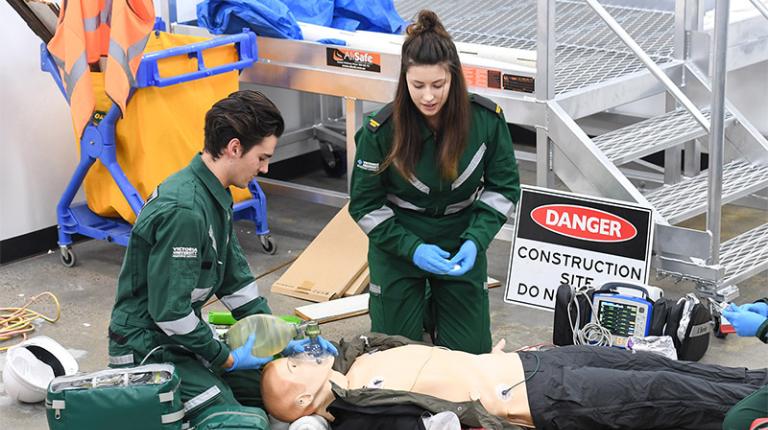
Simulated learning through the years: 1960s
Simulated learning is not a new concept. The facilities from the '60s would now be considered primitive, but the idea behind students taking part in realistic, simulated learning was just as important.
Retired registered nurse Olive Fairclough recalls her training, beginning in 1966.
The dummies were just rubbery dolls, they were definitely not lifelike. We used them to practice things like wound care, lifting, and CPR. We used oranges to practice injections.
“We went straight onto the ward after just six weeks. I was so nervous when I first treated real patients. I probably giggled my way through washing a male for the first time! And I faced some distressing situations that even now I wish I’d been better prepared for,” she says.
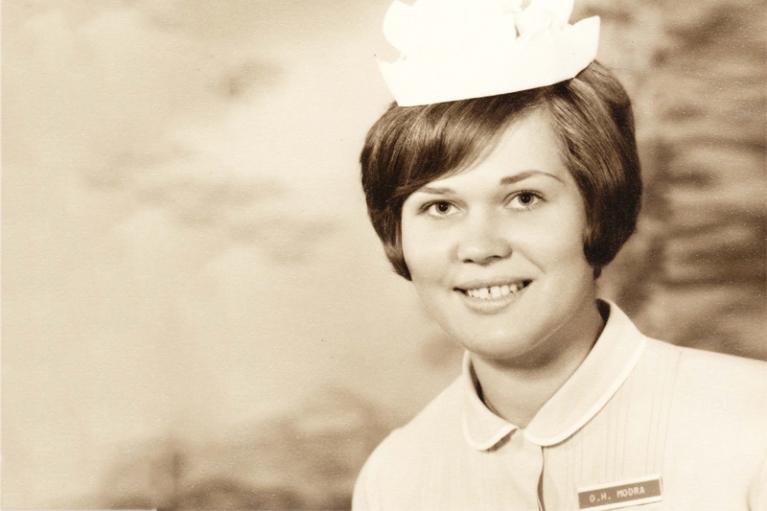
The '80s and '90s
Cathy Oliva began working as a nursing laboratory technician at Victoria University in the eighties. She recalls the early days of her career working with semi anatomically-correct, life-size rag dolls. As the years progressed, the facilities became more authentic, with manikins able to give blood (red paint/water mixture) intravenously – although they were still relatively ‘lifeless’.
In the '90s, actors became an important part of the interactions between practitioner and patient. They were employed by the college to fake various injuries and conditions. They would arrive on campus in character, it was very real and quite disarming!
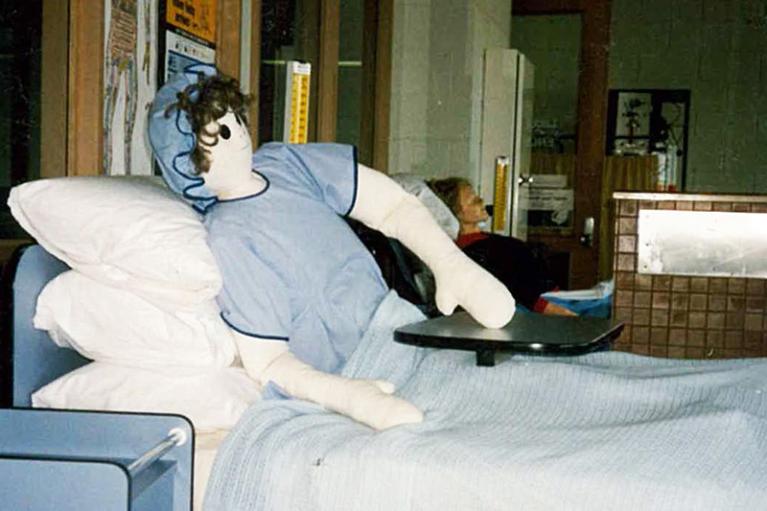
Simulated learning today
Today it's easy to get immersed in the realness of simulated scenarios. Indrajeet Rana is a technical officer at VU’s nursing, midwifery and paramedics labs.
His job is much more than, ‘maker of fake blood, wounds and miscellaneous bodily fluids’ – although such tasks are still of critical importance. Indrajeet meticulously creates simulated learning situations, operates the patient simulators (manikins), and films and modulates every detail of training scenarios from the control room.
But when it comes to the “gross stuff”, nothing beats the basics, says Dr Livesay:
Our sim techs have been handy with vegetable soup lately, replicating vomit for our paramedic students. Funnily enough, we’ve had a number of comments about the terrible smell – even though it’s just cold soup. That’s the power of the mind, I suppose!
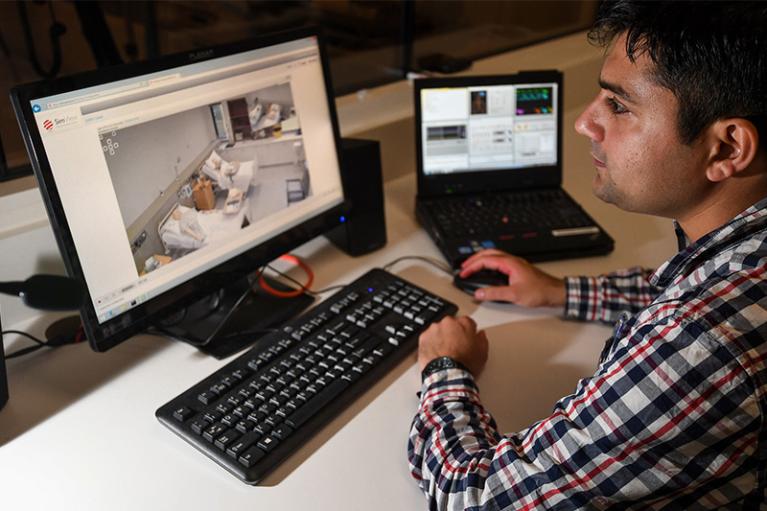
Find out more



